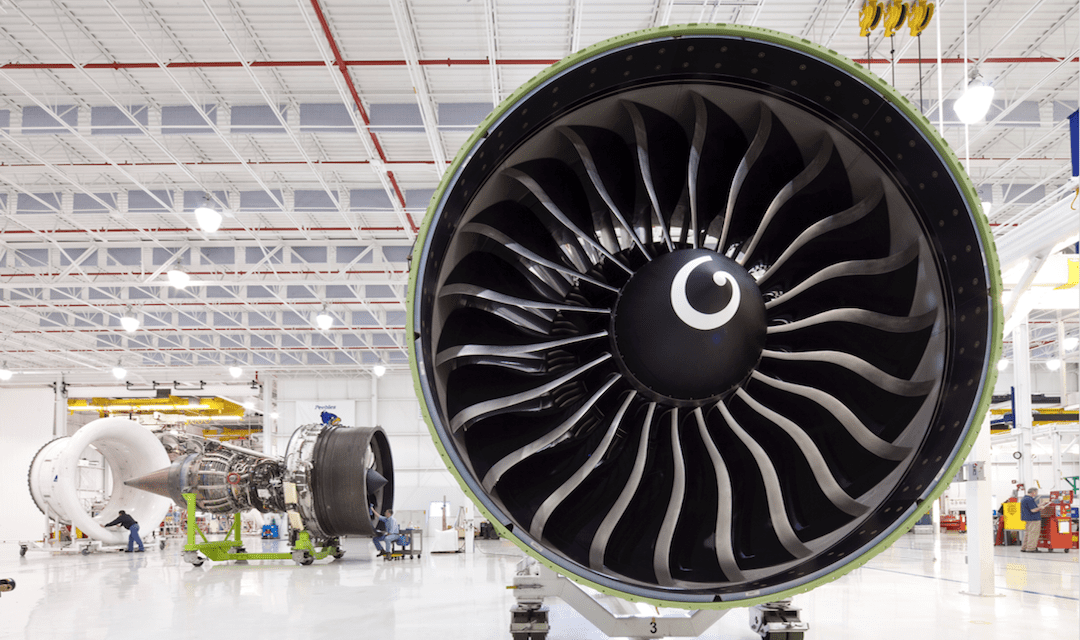
Bridging the Gap
Credit: Wikimedia Commons
The Boeing 777 had its first commercial flight in 1995 with United Airlines. The aircraft was designed and manufactured by Boeing to bridge the gap between its 747 and 767 aircraft.

High Volumes
Credit: Joe Pries
To date, Boeing has produced more 777 aircraft than any other widebodies. In March 2018, it surpassed the 747 as the most produced aircraft and to date has more than 1,600 deliveries.

Classic Engine Options
Older variants of the 777, such as the -200ER and the -300ER, have three engine options in the form of the GE90 (pictured) PW4000 and the Rolls-Royce Trent 800. Aviation Week's Fleet & MRO Forecast estimates 50% of all maintenance spend for the 777 over the next decade will be generated by engine work.

Line Maintenance And Component Repairs
Other sizeable shares of the 777 aftermarket over the next decade will be in line maintenance (18%) and component repairs (15%), according to Aviation Week data.

The Middle East: A 777 Hub
Emirates operates the world's largest fleets of 777s with 148 aircraft. The Middle East region is expected to see much of the future fleet growth for the widebody. Aviation Week estimates it will see more than any other region over the next 10 years.

The Rise of the 777X
As the older fleet matures, newer variants of the 777--known as the 777X--are entering the global fleet. Both the -8 and -9 variants are powered by the GE9X engine.

GE9X Aftermarket
Credit: GE Aviation
The GE9X, which has a larger fan and uses more composite materials than its GE90 predecessor, is anticipated to have more than 1,400 deliveries over the next decade. GE Aviation announced its GE Wales site as an MRO facility for the GE9X, while the likes of Xeos, a Poland-based joint venture between GE Aviation and Lufthansa Technik, started operating last year to cater for GE9X overhauls along with the GEnx engine.

Is a 777 Retirement Wave Forthcoming?
In June, U.S. carrier Delta Air Lines announced plans to retire 18 of its 777-200s by the end of the year, in a move which surprised some in the industry. Owing the the slowdown in air traffic demand due to the COVID-19 pandemic, it is anticipated that more carriers may offload some of their expensive widebody aircraft to streamline fleets.
25 years after entering commercial service, some operators of the widebody stalwart are changing their fleet plans to adjust to a post-COVID-19 aviation industry.
